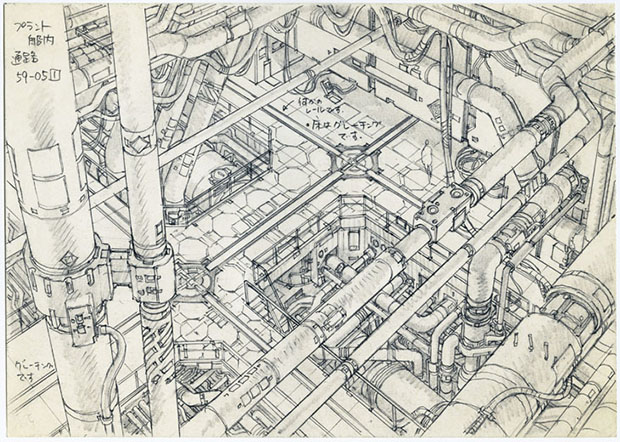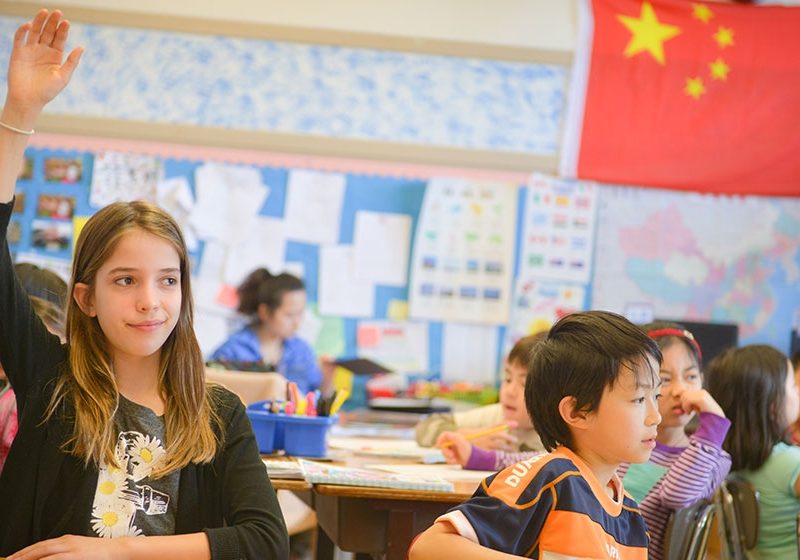An illustrator in Hong Kong has found themselves unexpectedly at the center of controversy after police inspected their art stall during a local fair—leading to its abrupt closure. The incident, while seemingly minor on the surface, is stirring debate about freedom of expression and the evolving line between art and political commentary in the city.
The illustrator, whose identity has been withheld for privacy reasons, had set up shop at a weekend art fair, showcasing original drawings and prints. Many of the works featured imaginative takes on everyday life in Hong Kong, but some included subtle political undertones—images that reportedly caught the attention of local authorities.
According to eyewitnesses and reports circulating on social media, several plainclothes officers approached the stall during the fair. They inspected a number of the artist’s pieces, questioning their content and intent. Shortly after the interaction, the artist was asked to take down the display and vacate the premises.
While no formal charges have been filed and no works were officially confiscated, the stall’s closure has sent ripples through Hong Kong’s creative community. Artists and supporters have taken to online platforms, sharing their concern over what they view as increasing scrutiny on artistic expression. Some argue this kind of attention could have a chilling effect on independent creators, particularly those working with political or social themes.
Art fairs in Hong Kong have long been seen as spaces for free expression, where creatives can share work without the constraints of commercial galleries or institutional oversight. However, in the wake of the National Security Law introduced in 2020, many in the city’s artistic circles have grown more cautious. The closure of this stall brings fresh urgency to those concerns.
For the illustrator at the center of this incident, the experience has been sobering. In a brief statement shared online, they expressed disappointment but remained defiant, saying, “Art shouldn’t be policed. I draw what I see and feel.”
The story highlights an ongoing tension in Hong Kong between regulation and expression, particularly when it comes to independent artists navigating an increasingly complex landscape. As more creatives choose to speak through their work, the question remains—how much room is left for art that challenges, critiques, or simply reflects?



